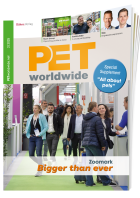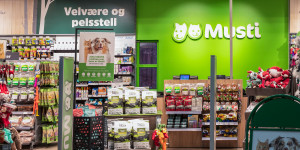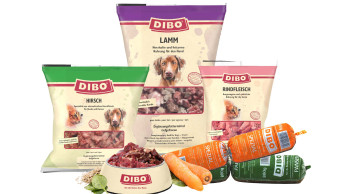Nowadays scarcely any pet food product relies solely on unprocessed natural raw materials. Highly developed processing technologies are used to process natural raw materials using methods specially developed for this. Toxic substances are filtered out, for example, special constituents amplified or their properties modified. Take the protein content of cereals, for example. This can be increased by special processing of the cereal, enabling the food manufacturer to increase the protein content of the product while keeping the cereal content the same. Or cereal: the mostly mild heating during the production processes for pelleted dry food, for example, is not sufficient to open the grain, and so it is opened artificially before being added to the food mixture. Industry experts stress, however, that this is not an artificial and possibly harmful modification of the raw ingredients, but an extension of their natural properties. Research and development relating to meat extracts and the use of such extracts also fall into this category. The fact that such processing is possible at all is characteristic of the field of activity of the pet food technologies sector."Pet food manufacturers are increasingly seeking to maximise economies of scale across global markets by standardising ingredients and supply lines, and sharing expertise across time zones and continental borders," says the company AFB International. "Globalisation of operations necessitates that manufacturers have robust supply chains in place, supported by technology that fosters worldwide collaboration."Services in demandPet food producers depend on gaining a competitive edge and getting or staying a step ahead of their rivals by means of a steady stream of new innovations, especially where the attributes and food-related advantages of the products are concerned. The pet food technology experts must therefore succeed repeatedly in unlocking new sources of raw materials through new processing techniques. The food scientists come a stage before this. They use research to find out which components can improve or upgrade a food. The results then go to the supplier and manufacturer of additives, who in turn develops the methods by which the substances are manufactured. Before the additives may be used, however, protracted and expensive approval and testing procedures are necessary. A food manufacturer operating within the European Union is keen to obtain the additives there. This should minimise the risk…

Greener, safer pet food
As well as raw ingredients, processing and production techniques and processing and packaging machinery, the specialist area of pet food technologies now focuses on sustainability, food safety and globalisation

 Menü
Menü






 5-6/2011
5-6/2011









 Newsletter
Newsletter